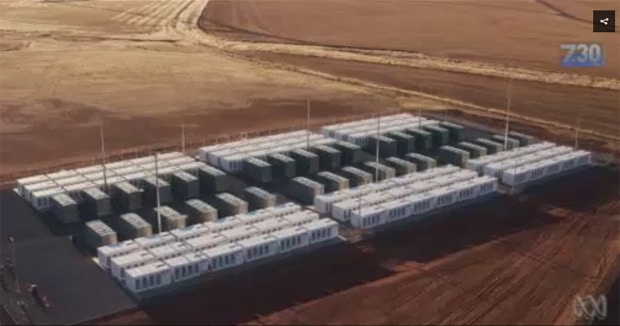ABC TV’s 7:30 Report put the spotlight on the Australian Energy Market Operator (AEMO) last night, asking whether Australia’s electricity grid overseer is prepared for another long, hot summer. Electricity demand response is one technique that AEMO will be using to battle the risk of blackouts in this coming year.
The program revisited the South Australian state-wide blackout of September 2016, a result of wild weather. It also looked at the problems created in this year’s February heatwave, when 90,000 homes and businesses experienced power cuts.
Those incidents were seen as a catastrophic failure of the National Energy Market (NEM) and its overseer, AEMO.
This summer the system will again be tested. That’s because Victoria’s 1,600 MW Hazelwood Power Station closed in March. Because SA shares a power connection with Victoria, it’s anticipated that electricity supplies could be tight again this summer.
AEMO sources 2,000 MW of extra power, including electricity demand response
AEMO Chief Executive Audrey Zibelman said her organisation had already found 2,000 MW of additional sources to combat the challenge.

“It’s those resources that are going to be replacing Hazelwood,” she said.
Half of this extra power will come from gas generation, while some will come from electricity demand response. This is where households and businesses use less electricity in times of peak usage.
South Australian metal foundry Intercast & Forge is one of those businesses that will be paid to stop operations during peak demand times. It’s one of eight companies taking part in a $36 million demand response trial.
The company could get as little as 10 minutes’ notice from AEMO to shut down if the state is at risk of a blackout. Intercast & Forge CEO Brett Lawrence said although the plant would shut down, it meant state blackouts would be far less likely.
Diesel turbines to the rescue
The South Australian government has also prepared nine high capacity diesel turbines to keep the power on.
The Victorian government is following suit, establishing diesel generators at the Hazelwood Power Station site.
Aubrey Zibelman says the generators will add close to 1,000 MW across South Australia and Victoria.
“That’s actually one half the cost of running Hazelwood over a couple of days,” she said. “These are emergency backup resources. We are only going to be using them if they are absolutely needed and it would only be for a few hours.”
Energy Economist Tony Wood told the program generators are necessary as more wind and solar power replace coal and gas. “This is the way of the future,” Mr Wood said.
He added that a more flexible future must include batteries, such as the 100 MW Tesla lithium-ion battery at the Hornsdale Wind Farm in South Australia.
Speaking at its official opening, South Australian Premier Jay Weatherill said AEMO had “dropped the ball” in the past, but was now back on track.
“They weren’t on red alert last summer,” he said. “Now they are heavily engaged.”
The report concluded with the observation that AEMO will be under scrutiny this summer, each and every day temperatures soar.












































